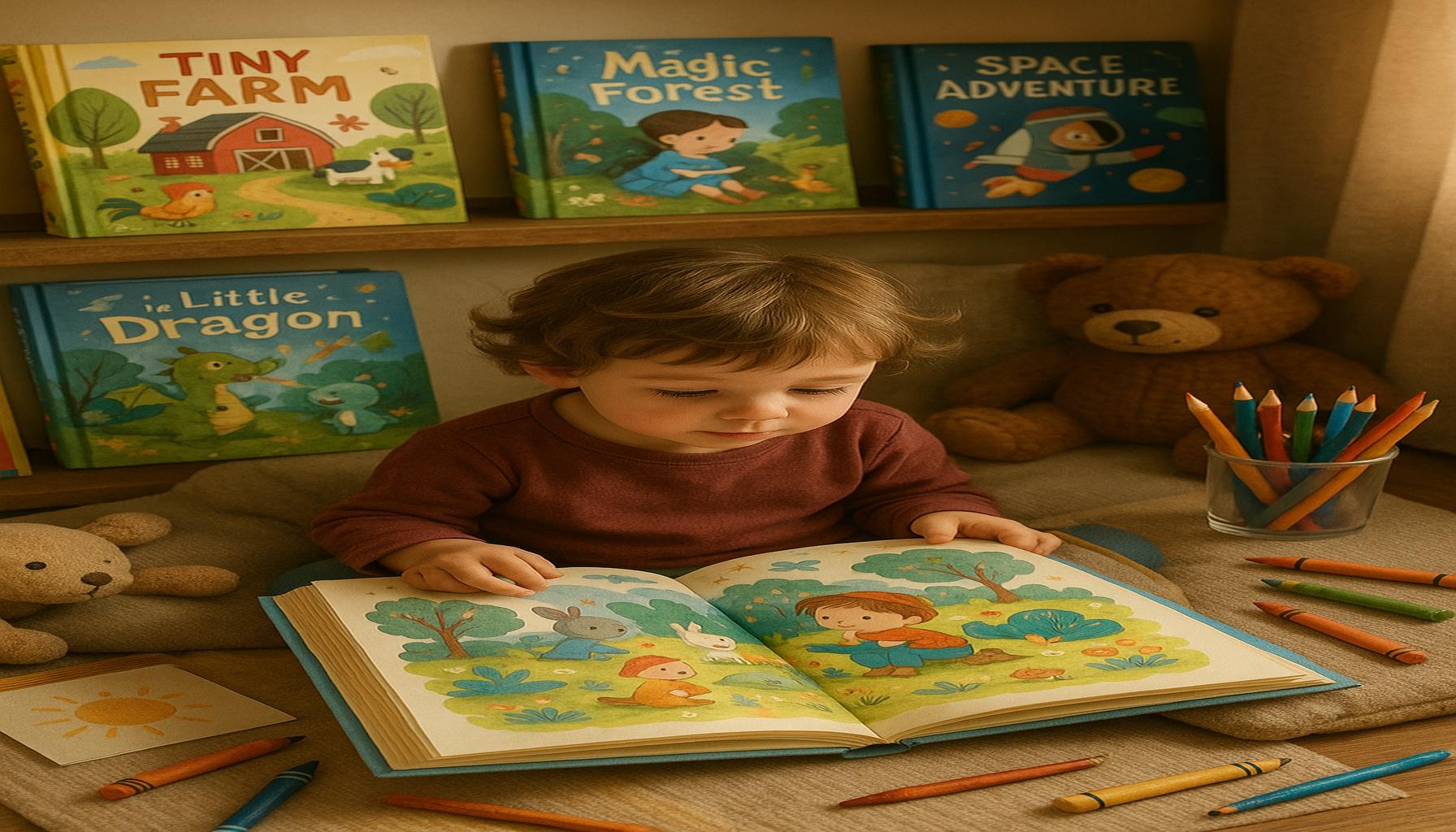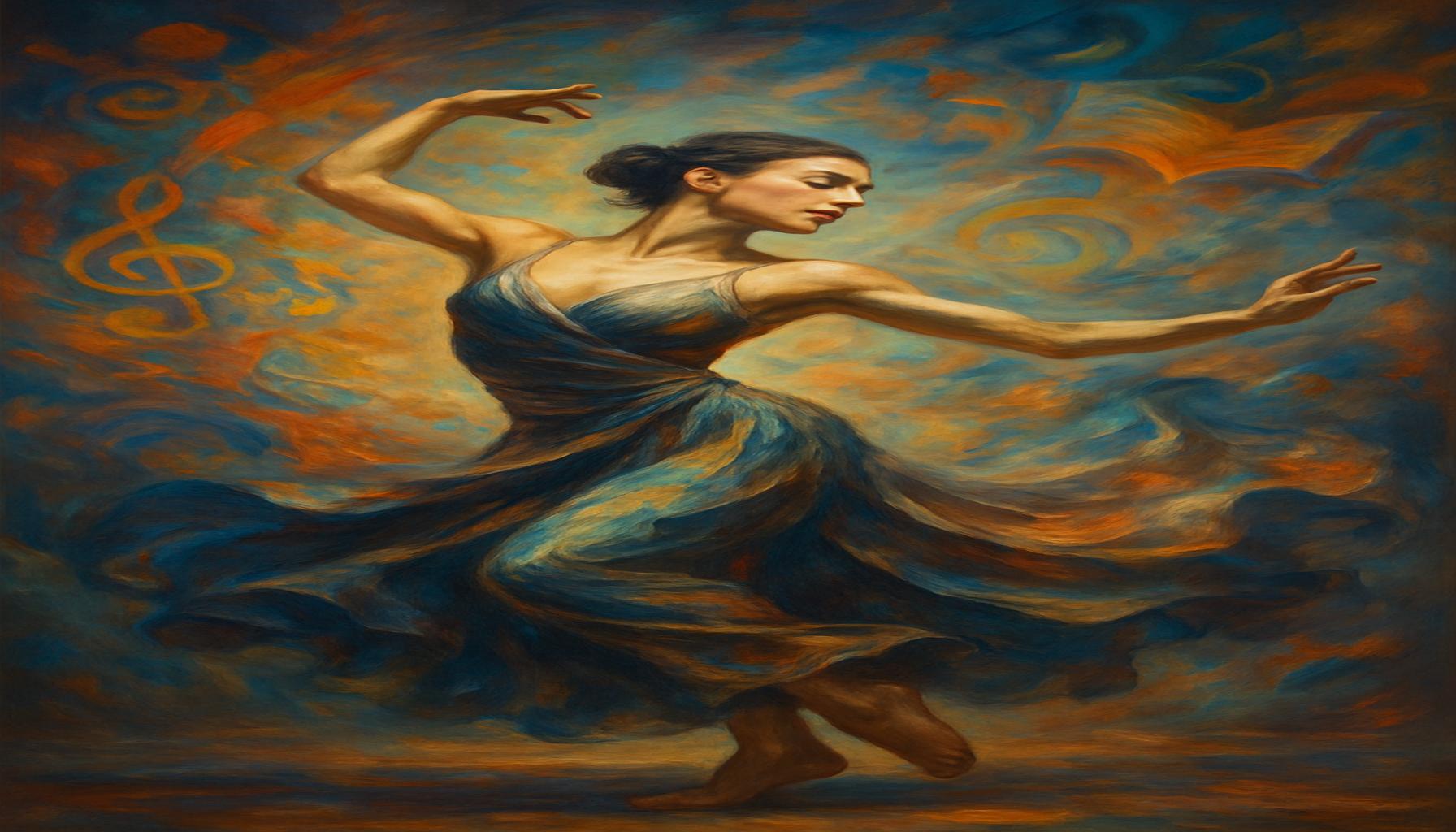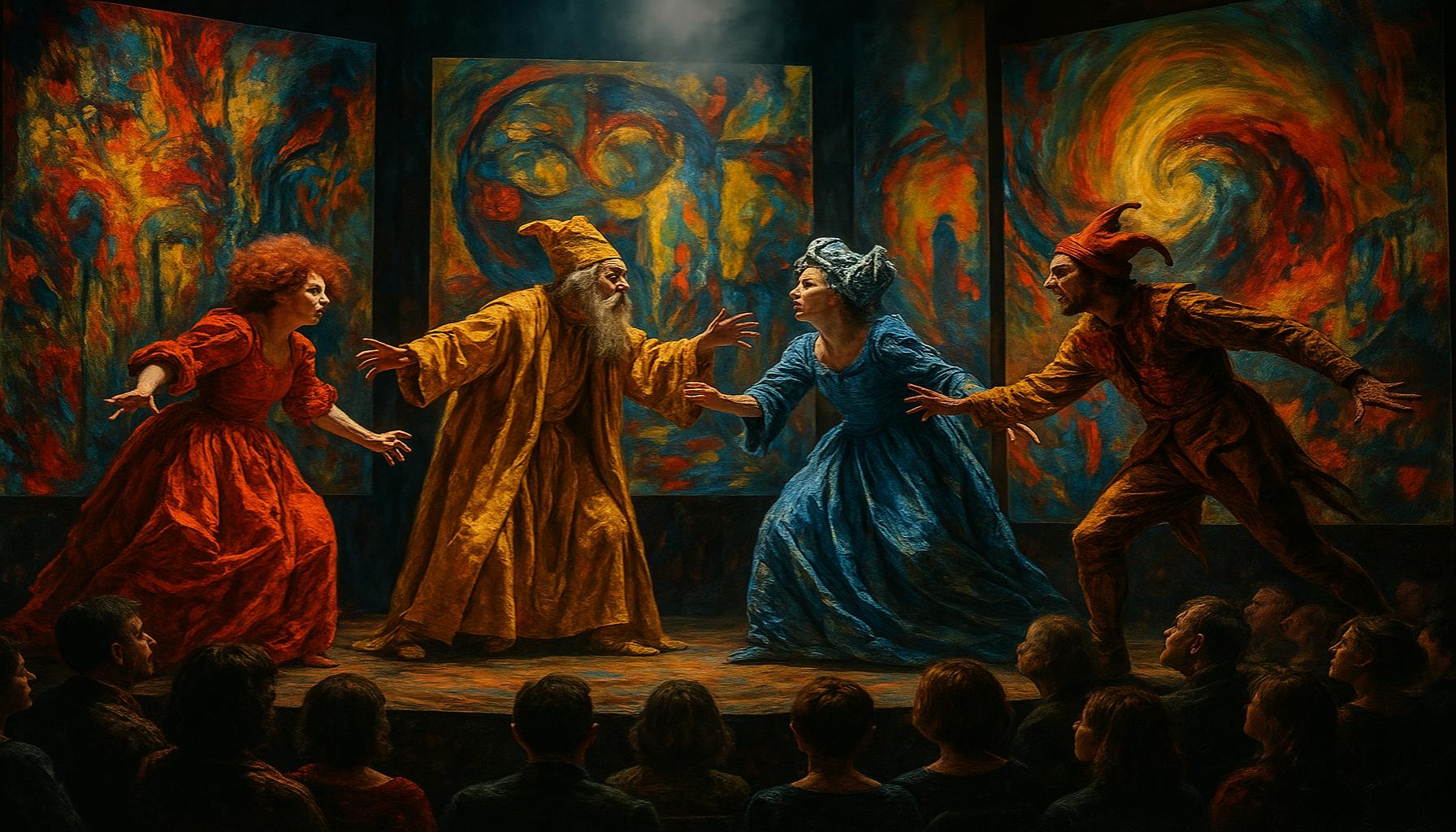The Art of Calligraphy: Transforming Letters into Personal Expression
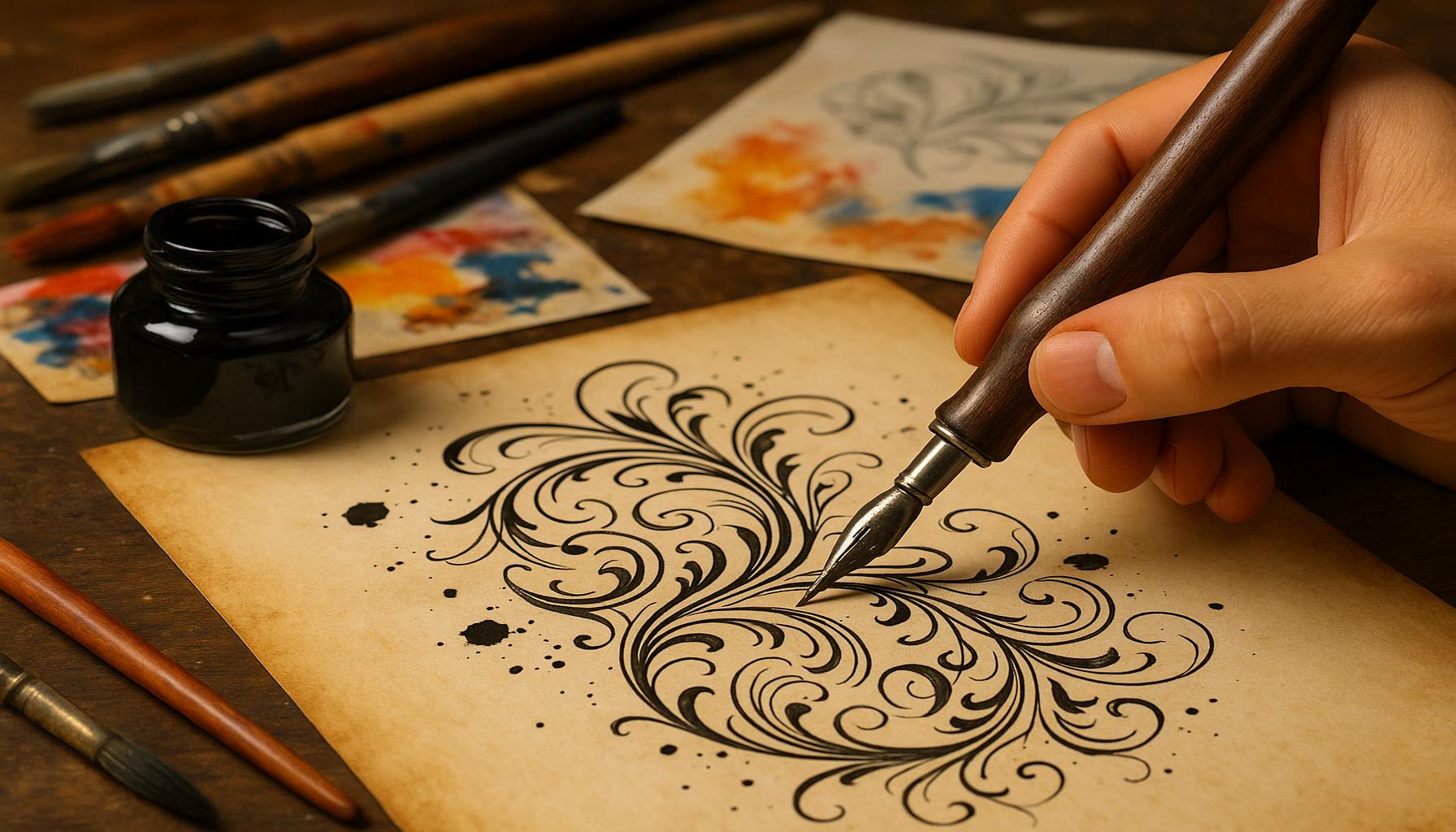
Exploring the Beauty of Calligraphy
In an age dominated by digital communication, calligraphy emerges as a powerful medium, transforming simple letters into stunning visual art. This ancient craft combines technique and personal expression, inviting individuals to infuse their own style into every stroke. Calligraphy not only enhances the aesthetic appeal of writing but also reinforces the significance of the messages conveyed, making them more memorable and impactful.
Understanding calligraphy involves delving into various elements, including:
- Historical Significance: Rooted in traditions across cultures, calligraphy showcases how writing has evolved. Many ancient civilizations, such as the Chinese, Middle Eastern, and European, incorporated calligraphic styles into their written languages, often employing it for religious texts, important documents, and art. For instance, Arabic calligraphy, with its elaborate curves and swirls, serves not only a functional purpose but also embodies deep cultural and spiritual meanings.
- Tools and Techniques: From nibs to brushes, each tool plays a critical role in achieving different effects. Preparatory tools like oblique holders, various types of ink, and high-quality paper can significantly influence the final outcome. The pressure, angle, and speed at which one writes can create varied line thicknesses and textures. With contemporary advancements, tools have diversified, allowing modern calligraphers to experiment with metallic inks or brush pens, fostering greater creativity.
- Styles: Explore diverse styles like Gothic, Copperplate, and Italic, each offering a unique flair. Gothic calligraphy is characterized by its dramatic and angular forms, often used in formal documents. In contrast, the fluidity of Copperplate, with its elegant loops and swirls, is popular for invitations and greeting cards. Understanding the history and application of these styles can help enthusiasts choose the right one for their projects, further enhancing their artistic expression.
Ultimately, calligraphy is more than just beautiful handwriting; it’s about creating meaningful connections through the written word. Whether you’re addressing wedding invitations, designing logos, or crafting personalized gifts, mastering this art form can elevate your communication to new heights. A simple handwritten note can transform a mundane message into a cherished keepsake, leaving a lasting impression on its recipient.
As we journey through the intricacies of calligraphy, you’ll discover how to turn letters into a canvas for your personal expression. Engaging in this practice not only enhances your artistic skills but also offers a meditative escape from the fast-paced digital world, allowing for moments of reflection and creativity. So pick up a pen, explore the styles, and get ready to express yourself through the enchanting world of calligraphy!
DIVE DEEPER: Click here to learn about the healing power of art
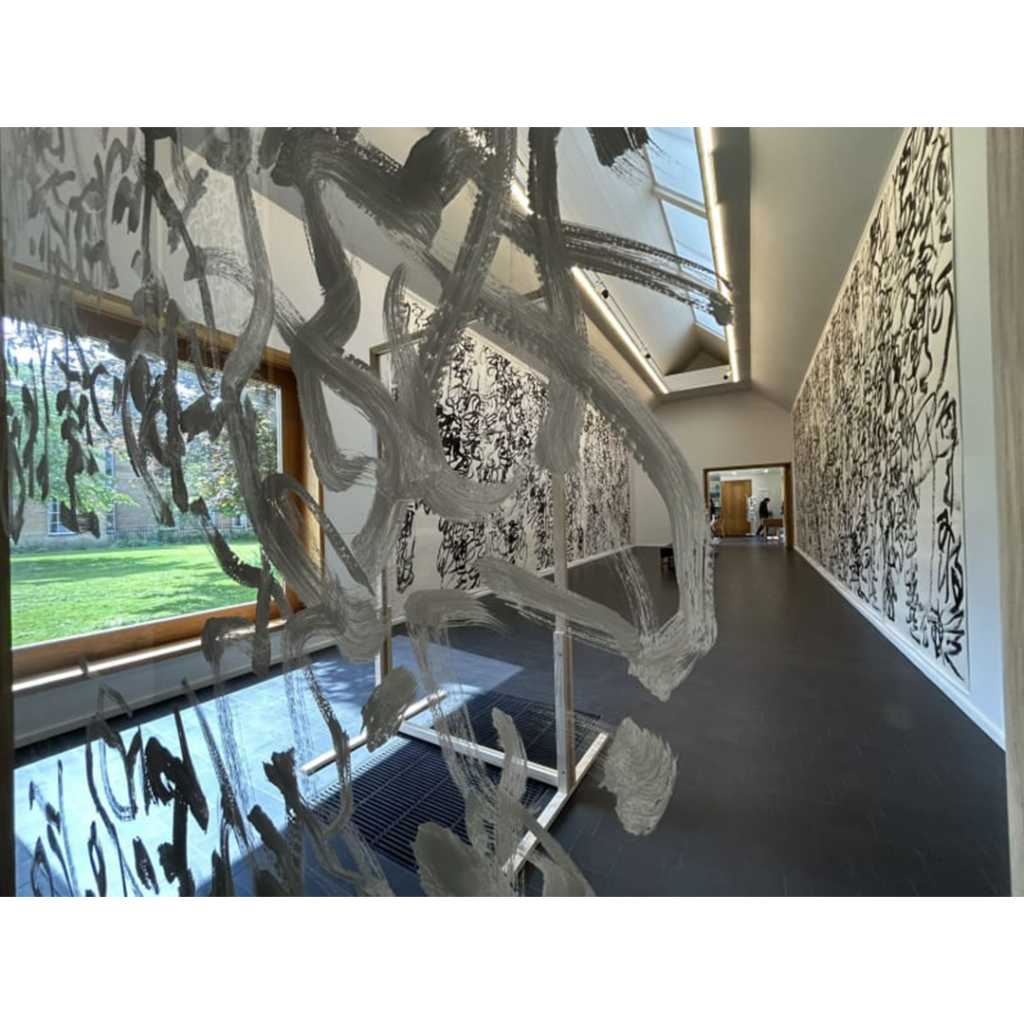
The Connection Between Calligraphy and Personal Expression
Calligraphy opens a unique doorway into the realm of personal expression, allowing individuals to convey their emotions and creativity through the strokes of a pen. Unlike standard handwriting, calligraphy is an art form that celebrates individuality. Every twist, curve, and loop is an expression of the artist’s character, making it a profound medium for storytelling. As one engages in this practice, they rediscover the beauty of written language, transforming it from mere symbols into memorable, artistic representations.
The journey into calligraphy begins with an understanding of its fundamental principles, which include:
- Letterform Anatomy: Understanding the anatomy of letters is essential for any aspiring calligrapher. Each letter consists of distinct parts, such as ascenders, descenders, and serifs. Recognizing these components not only aids in mastering the form but also helps in creating a more visually pleasing composition. By breaking down letters into their anatomical parts, you can better grasp how to manipulate them and develop your personalized style.
- The Role of Emotion: Calligraphy allows for an emotional connection between the writer and the reader. The style and embellishments chosen can evoke specific feelings and set the tone for the message, whether it’s joy, nostalgia, or solemnity. For example, a joyful announcement can benefit from a playful script, while a touching note may call for a more elegant and fluid style. Every choice plays a part in ensuring that your message resonates deeply with its audience.
- Inspiration and Sources: Calligraphers often draw inspiration from various sources, such as nature, architecture, or even contemporary art. By observing the world around us, we can incorporate different elements into our calligraphy, making each piece unique. Exploring historical manuscripts can also fuel creativity, as ancient styles often provide insight into how letterforms can be innovatively reinterpreted.
As you begin to immerse yourself in the world of calligraphy, remember that it’s not simply about perfecting your technique; it is about forging a connection with your audience. The beauty of calligraphy lies in its ability to personalize everyday messages, crafting notes, invitations, and artwork that are not merely functional but rich in visual allure. A handwritten card adorned with beautiful lettering can evoke warmth and thoughtfulness, creating a cherished momento for the recipient.
Diving into calligraphy also serves as a wonderful outlet for creativity, encouraging mindfulness and focus. In the chaotic rhythm of modern life, taking the time to engage in this art form provides a meditative opportunity to slow down and appreciate the nuances of each letter. As your skills enhance and your confidence grows, you’ll find that each carefully crafted letter allows you to express your identity more profoundly.
| Category | Description |
|---|---|
| Personalization | Calligraphy allows individuals to create unique and tailored designs that express their personality and emotions. |
| Artistic Expression | The process of writing becomes an art form, giving an avenue for creativity that transcends standard writing methods. |
| Therapeutic Benefits | Engaging in calligraphy can provide stress relief, fostering mindfulness and focus while honing fine motor skills. |
| Cultural Connection | This art form connects individuals to various cultural traditions, showcasing different styles and techniques from around the world. |
Embracing the art of calligraphy goes beyond mere writing; it transforms letters into personal expression. The beauty of calligraphy lies in its ability to personalize messages while enhancing artistic expression. Each stroke carries meaning, inviting deeper emotional connections to the written word. The meticulous process also serves as a therapeutic outlet, allowing practitioners to immerse themselves in mindfulness, alleviating stress through focused creativity. In a world dominated by digital communication, calligraphy reclaims the beauty and significance of handwritten notes, creating cherished mementos. Additionally, calligraphy reflects a rich tapestry of cultural history, offering insights into various artistic traditions around the globe. Whether for personal projects or formal invitations, mastering this skill reveals the power of transforming letters into a captivating art form.
DISCOVER MORE: Click here to delve deeper
The Therapeutic Aspects of Calligraphy
Calligraphy is not merely an artistic endeavor; it also serves as a therapeutic practice that encourages mindfulness and mental well-being. In an era where stress and distraction are commonplace, the deliberate nature of calligraphy can act as a soothing balm for the mind. Each stroke requires concentration and presence, allowing practitioners to immerse themselves fully in the moment. This mental engagement fosters a meditative state, much like yoga or meditation, helping to alleviate anxiety and promote relaxation.
The rhythmic motions of pen on paper cultivate a sense of tranquility, as the repetitive actions can quiet racing thoughts. Many practitioners report that engaging with calligraphy has helped them find balance in their chaotic lives, providing a sanctuary amid the noise of daily obligations. This tranquil aspect leads to a resurgence of creativity, allowing the mind to wander and explore different letterforms without the pressure of perfection. The very act of creating can release pent-up emotions, turning frustrations into art.
Calligraphy as a Tool for Connection and Community
Calligraphy also has the power to foster connections, not just through the written word but also within communities. Workshops and classes that teach the art of calligraphy often attract diverse groups of individuals, bonding over shared interests and a love for creativity. Such environments encourage collaboration and the exchange of ideas, amplifying the personal expression of each participant. The inspirational atmosphere in these settings can lead to friendships that transcend the initial motivation for learning a new skill.
Furthermore, social media platforms have unlocked new avenues for sharing calligraphy. Artists can effortlessly showcase their work online, gathering followers and exchanging techniques. This growing online community allows for feedback and constructive criticism, which can further enhance one’s skills and personal style. Platforms like Instagram and Pinterest have countless calligraphy accounts that inspire individuals to experiment with different styles, turning isolated practice into a shared journey.
The Versatility of Calligraphy in Daily Life
Incorporating calligraphy into everyday life can elevate even the simplest of tasks. Many calligraphers use their skills to create personalized gifts, event decorations, or custom stationery, blending functionality with art. Handcrafted items such as wedding invitations or thank-you cards adorned with intricate lettering not only demonstrate effort and thoughtfulness but also leave a lasting impression. When recipients encounter such personalized pieces, they are often reminded of the care and attention invested in creating meaningful communication.
Additionally, the rise of DIY culture has brought calligraphy into the limelight. Tutorials on platforms like YouTube and written guides have made it more accessible than ever, encouraging individuals to pick up pens and explore this unique art form. From home décor featuring motivational quotes to decorative place cards at dinner parties, the versatility of calligraphy makes it an engaging way to add a personal touch to various contexts.
By transcending traditional bounds, calligraphy can become not only a cherished hobby but also a powerful means of connection, creativity, and therapeutic expression. Each beautifully formed letter is a testament to individuality, transforming the art of writing into a deeply personal experience.
DISCOVER MORE: Click here to explore sustainable crafting ideas
Conclusion: The Enduring Appeal of Calligraphy
In the modern age, where digital communication often overshadows hand-written expression, calligraphy emerges as a breath of fresh air, reminding us of the profound beauty that can be found in the art of writing. Far beyond being mere letters on a page, calligraphy transforms the mundane into the extraordinary, offering practitioners a means through which to express their individuality and creativity. The ability to create with intention, whether for personal reflection or to foster community connections, reflects the deeply human need for meaningful engagement.
As explored throughout this article, the act of writing in an artistic manner is not just a hobby; it serves as a therapeutic outlet and a bonding activity. Calligraphy can help reduce stress while nurturing creativity, making it a perfect antidote to the fast-paced nature of contemporary life. The connections fostered in workshops and online communities further illustrate how calligraphy can break barriers, inviting people to share their unique voices with the world.
Moreover, with its versatility, calligraphy can enhance everyday experiences, enriching personal celebrations with customized creations. As more individuals delve into DIY culture, the art form continues to evolve, embracing both tradition and innovation. Ultimately, calligraphy stands as a testament to the power of the written word, illustrating that each stroke and swirl can resonate with emotion, intention, and artistry. Whether you are a seasoned calligrapher or a novice intrigued by the craft, the journey of transforming letters into personal expression is a rewarding exploration that is waiting to be discovered.

